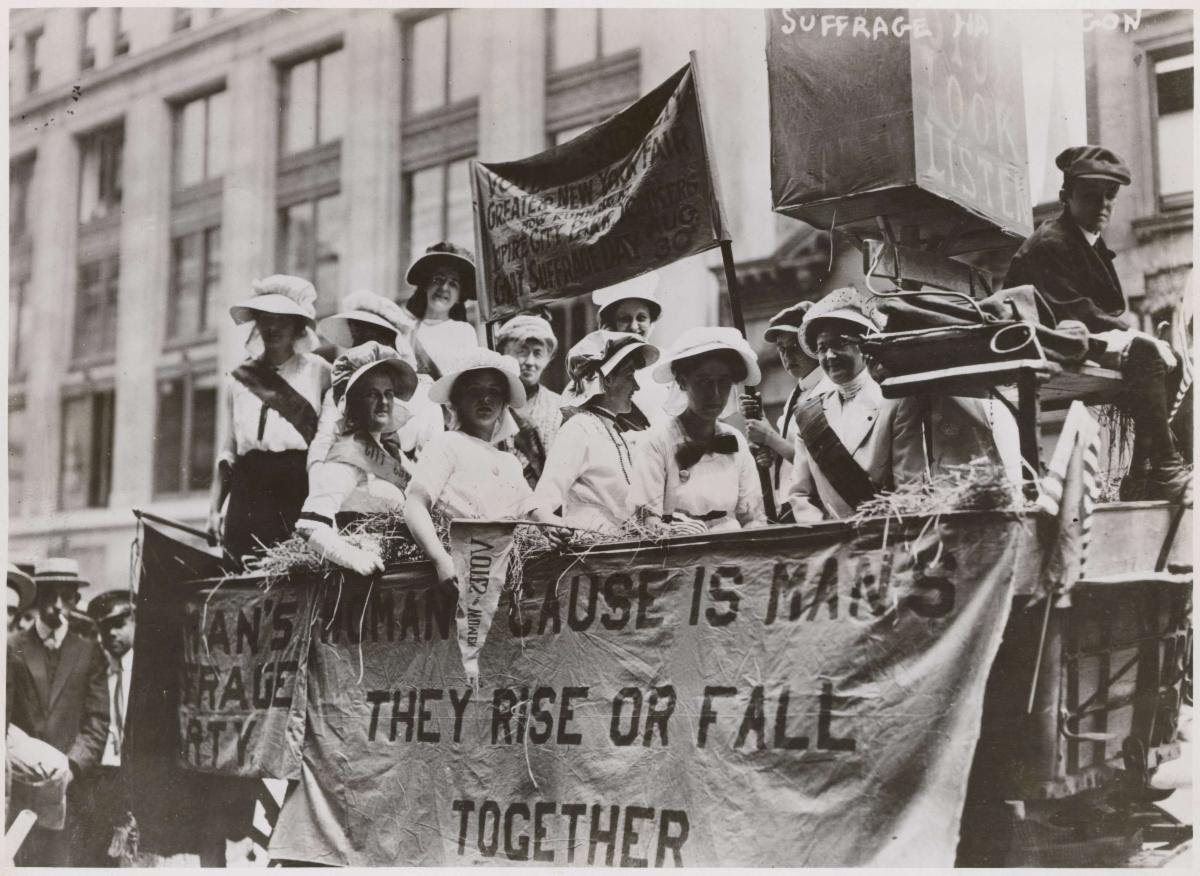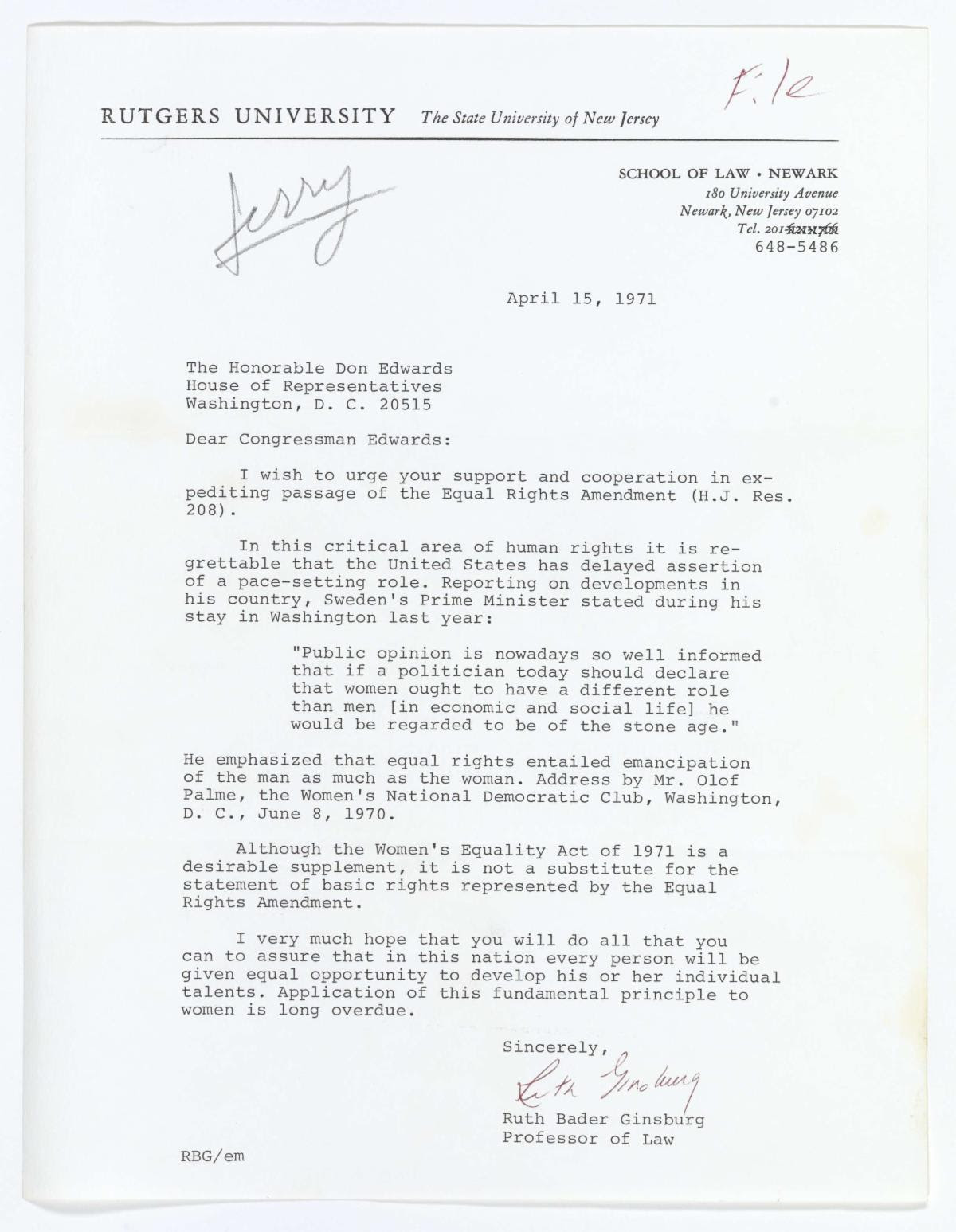The Equal Rights Amendment
Dear Educators,
The Education and Public Programs Team at the Nixon Library is pleased to remind you that the National Archives and Records Administration (NARA) continues to be an excellent source for entertaining and historical content! Simply follow the links below for additional information.
![]()
"Equality of rights under the law shall not be denied or abridged by the United States or by any State on account of sex…"
![]()

Joint Resolution of March 22, 1972, 86 STAT 1523, Proposing an Amendment to the Constitution of the United States Relative to Equal Rights for Men and Women; 3/22/1972; H.J. Res. 208, 27th Amendment [Proposed 27th Amendment]; Enrolled Acts and Resolutions of Congress, 1789 - 2011; General Records of the United States Government, Record Group 11; National Archives Building, Washington, DC. NAID 7455549
March 22 marks the 50th anniversary of the introduction for states’ ratification of the Equal Rights Amendment.
The Equal Rights Amendment (ERA) is a proposed amendment to the United States Constitution that would guarantee equal legal rights for all American citizens, regardless of sex. If passed, legal rights would no longer be determined by gender. Its supporters claim that it would eliminate legal inequalities between men and women in divorce, property, employment, and other areas.
![]()

Photograph 208-PR-14M-3; Photograph of Suffrage Parade; 1913; Photographs Used in Publications, 1943 - 1945; Records of the Office of War Information, Record Group 208; National Archives at College Park, College Park, MD. NAID 593561
Congressman Daniel R. Anthony, Susan B. Anthony's nephew, proposed the Equal Rights Amendment in Congress for the first time in 1923 and was drafted as a strategy to eradicate discrimination against women by Alice Paul, a leader in the fight for women's rights.
The amendment was reintroduced at every session of Congress for the next 49 years. Supporters thought it would give women full equality; opponents thought it was unneeded, and others thought it was harmful to families.
![]()

Letter from Law Professor Ruth Bader Ginsburg in Support of the Equal Rights Amendment; 4/15/1971; Legislative Files of the Committee on the Judiciary for the 92nd Congress; Committee Papers, 1813 - 2011; Records of the U.S. House of Representatives, Record Group 233; National Archives Building, Washington, DC. NAID 26283960
Both chambers of Congress finally ratified the amendment in 1972. And on March 22, 1972, it was sent to state legislatures for ratification (before being transmitted to the states for ratification, a constitutional amendment must pass as a joint resolution).
However, when the deadline for state legislature ratification expired in 1982, three states were still missing from the requisite 38 (three-fourths of the States). It remains unratified today.
Using DocsTeach, the National Archives’ online tool for teaching activities, we invite you and your students to take a deeper look at Ruther Bader Ginsburg’s letter of support for the ERA through this document analysis activity.
Please feel free to contact us at NixonEducation@nara.gov if you have any questions.
Stayed tuned for regular updates from the Nixon Library Education and Public Programs Team.
![]()
Sincerely,
The Nixon Library Education and Public Programs Team


